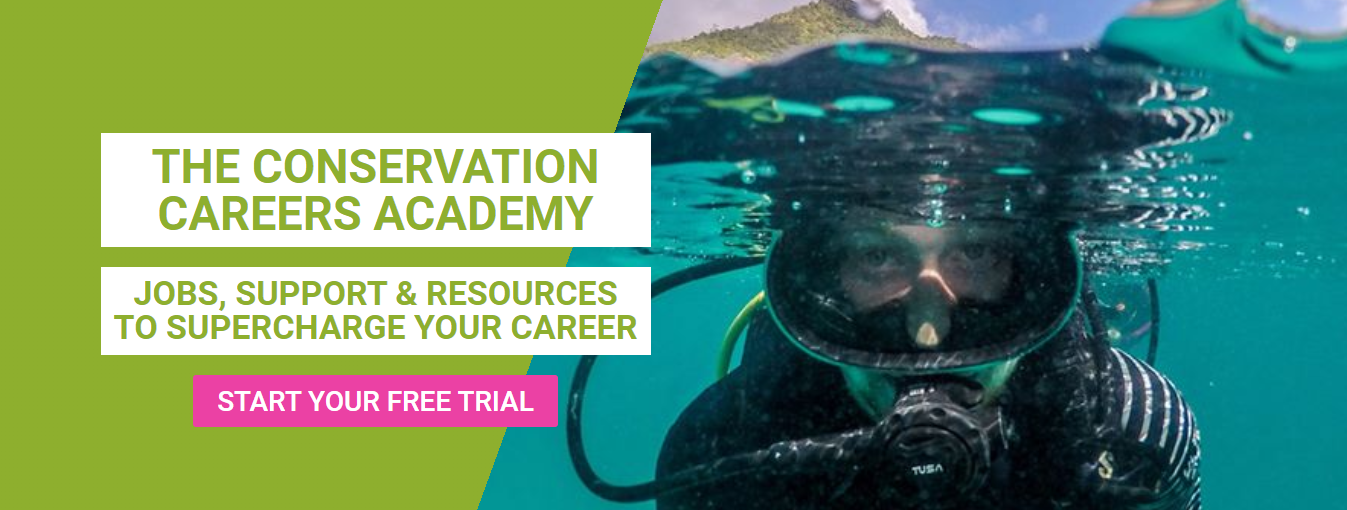Birds of Seychelles: inspiring conservation from England to the Indian Ocean
Over 100,000 giant tortoises on the remote Aldabra atoll, approximately 115 islands across a 1.4 million square kilometre exclusive economic zone, and a Noah’s ark of unique tropical wildlife. That’s the Seychelles that fascinated me as a child who had fallen in love with giant tortoises.
I grew up surrounded by Seychelles maps and books, many written by a man called Adrian Skerrett from Stoke-on-Trent near my home town of Manchester in north-west England. In my late teens I met Adrian in Seychelles. I would later work with him at the Island Conservation Society (ICS), which runs Aride Island Nature Reserve and advises the Islands Development Company in its management of the Seychelles government-owned outer islands.
How did you become an ornithologist in Seychelles?
There were two hobbies important to me as a young man. Football, which we played in the street, and birds, which I could see everywhere. The number, variety, and availability of birds just held my fascination. Coral reefs and rainforests were totally out of reach – but birds were right there in front of me.
We had our particular community of birds at home in Stoke and, on family weekends to North Wales, there was a whole different community of waders to learn about! Then, as a young member of the Royal Society for the Protection of Birds (RSPB), I was inspired by the 1968 campaign to purchase Cousin Island in Seychelles. In later life I spammed every company in a Seychelles telephone directory and received one reply offering me a 2 year contract during which I could see for myself the birds I’d read about. I expected to leave in 1983 – but I’m still here over 30 years later!
Seychelles has a high number of environmental non-governmental organisations (NGOs). Why was the Island Conservation Society founded and what has it added to the conservation community?
Most of the fantastic conservation organisations here are built around individual professional scientists. There wasn’t much scope for amateur naturalists and business people like myself to get involved.
There was, however, a gap in conservation support for the largely pristine outer islands where the government-owned Islands Development Company was driving a paradigm shift to sustainable eco-tourism partnerships. Founding the Island Conservation Society in 2001 meant that myself and other business people teamed up with the scientists and could use our own niche experience to coordinate the integration of hotel businesses with new conservation programmes.
Tell us about Aride Island, which the Island Conservation Society owns and manages.
I had been the Royal Society of Wildlife Trusts (RSWT) representative in Seychelles since 1981 and, when the RSWT decided to hand over stewardship of Aride to a local organisation shortly after ICS was founded, we were in a unique position to do that. Firstly, I had their personal trust. Secondly, the business experience of ICS trustees meant we were able to drive renovation of the island’s infrastructure and reinvigorate the conservation programmes.
Aride is the largest island in Seychelles that has never had rats, which gives us a glimpse of what the islands used to be like. It has similar biodiversity to Cousin Island but is three times the size and, being much more remote, is less impacted by man. Aride Island has the highest density of lizards anywhere in the world, the Wright’s Gardenia tree found nowhere else, and five endemic land bird species.

Aride Island, Seychelles. Courtesy of the Island Conservation Society.
What advice would you give to aspiring conservationists outside of Seychelles who might be inspired to come here?
Seychelles is an ideal place to get exceptional experience on your CV as so many of our species, habitats, and islands are of global significance. Working with some of the rarest land birds in the world, for example, will be eye catching to employers and will give an unusual talking point at interviews.
But don’t make the mistake of thinking Seychelles is luxury and swaying coconut palms. It is tough living and working in conservation here and you will give up a lot in terms of social existence and luxuries. The climate is tough and you will have to adjust to being an outsider in a specific cultural context. That will help you develop a hardiness and attitude to life that will stand you well for becoming a professional conservationist.
What advice would you give to young Seychellois with ambitions to work in conservation?
Get out of Seychelles for a time and know what the outside world is – so that you can bring that with you when you come back. University studies and, more significantly, a couple of years of working life abroad will make you tougher and make you appreciate what Seychelles has.
The perspective you get will be invaluable in being able to deal with the many international organisations that come here. You can’t have too many different experiences. That’s the best preparation to make it – especially for the senior positions that might you aspire to.
Adam Moolna was talking to Adrian Skerrett. Adrian splits his time between England, with his love for Stoke City Football Club and his wife Judith, and Seychelles, with his businesses and love of ornithology. Adam worked with the Island Conservation Society from September 2011 to February 2013 and now works through Giant Tortoise Environment & Conservation Limited. See giant-tortoise.co.uk and @DrAdamMoolna on Twitter.

